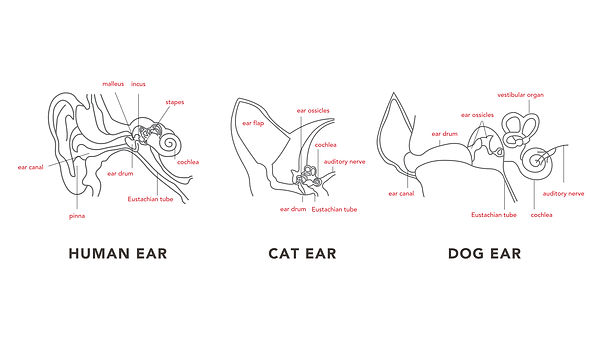
Producer
Joshua Leeds is a music producer, specializing in psycho- and bio-acoustics.
Psychoacoustics is the study of the perception of sound.
This includes how we listen, our psychological responses, and the physiological impact of music and sound upon the human nervous system.
Bioacoustics is the study of animals and sound. Joshua has focused on the bioacoustic aspect of how human sound affects animals.
Joshua believes the terms music, sound, frequency, and vibration are essentially interchangeable, because they are different approximations of the same essence. Beginning in 1986, his unique applications of resonance, entrainment, and pattern identification have become the unique identifiers of his 70+ specialized recordings.

MUSIC FOR PEOPLE RESEARCH

In 1986, I discovered a small but passionate circle of musicians, composers, renegade therapists, and musical healers.
Most didn’t even know of their colleagues, and there wasn’t a category title for what they were doing; I had to make it up… Soundwork! They were listening for the deeper elements of music and sound and became known as sound healers. And soon, they began to teach what they know and now there are graduate degrees in the Neuroscience of Music.
Research is abundant! MRI brain scans under the influence of Coltraine, music therapy for Parkinson’s, Hospice harpers, and iPhone apps using sound to imitate any drug experience of your choice.
But back in the day, in the early 90’s, I came to the conclusion that the foundation of every sound therapy effort I could find was resonance, entrainment, and pattern identification. Everything was pretty much window dressing on top of that. I believe it is still the case today.
The use of tone, tempo, and pattern was imbued by the brilliant sound discoveries of Dr. Alfred Tomatis (1920-2000), a French ENT doctor, way before his time.
Tomatis' phrase, “sound as a nutrient for the nervous system,” came to inform the psychoacoustic palette from which I paint with sound… or more accurately, produce soundtracks used in neurodevelopmental clinics, hospitals, classrooms, homes... and even animal care facilities! Unborn babies, cancer patients, sheltered pets, and children with feeding disorders became my audience. Therapeutic music and sound is to be taken seriously.
“Joshua Leeds points to the future for the entire music community — musicians, producers, engineers, composers, and business people. I applaud his generosity in sharing psychoacoustic techniques he has developed and utilized to great effect.”
— Joe Harnell (1924-2005), Grammy award-winning composer, pianist, author

MUSIC FOR PETS RESEARCH
In 2003, after a week in UC Berkeley and UC Davis research libraries,
I learned that:
-
Country music calmed ponies
-
Country music best brought cows home
-
Classical music made cows produce more milk
-
Dolphins swam in exuberant synchrony to Bach
-
Classical music improved the growth rate in chickens
-
Classical music caused hens to feed more
-
Classical music relaxed dogs!!
In other words, I learned that there was a dearth of serious research in the field of music and animals.
Off to the races! Four hours of solo piano and piano trio recordings led to two years of research. The most simple music I could create was what won the prize and caused the largest effect in calming dogs.
Since that time, there have been another half dozen university-sponsored research studies on the effects of music on dogs in shelters. Every one of them have concluded that music can indeed calm, comfort, and cause dogs to settle – even in these harsh sensory environments. What has mostly distinguished the research outcomes was musical style: is classical or more rhythmic genres, like reggae or soft rock, most effective? They all agreed that dogs really don’t prefer heavy metal or jazz. A few of the studies argue that species-specific music is more effective than human-based music. All researchers agreed that more research is called for.
What caused me to consider spending my time producing music for dogs and cats? As a sound researcher, I am interested in understanding, regardless of hair count, how to use sound for beneficial effect.
What causes me to continue producing soundtracks for our faithful 4-legged companions? Mostly a sense of human responsibility for our greatest teachers of unconditional love. We’ve created sensory havoc and our dogs are our canines in the coal mine. As are the cats... So many of our beloved “pets” go mad from the unnatural environments that we live in. Let alone, our unnatural behaviors. If I can use my awareness of therapeutic sound to help… it’s all one big family circle.
